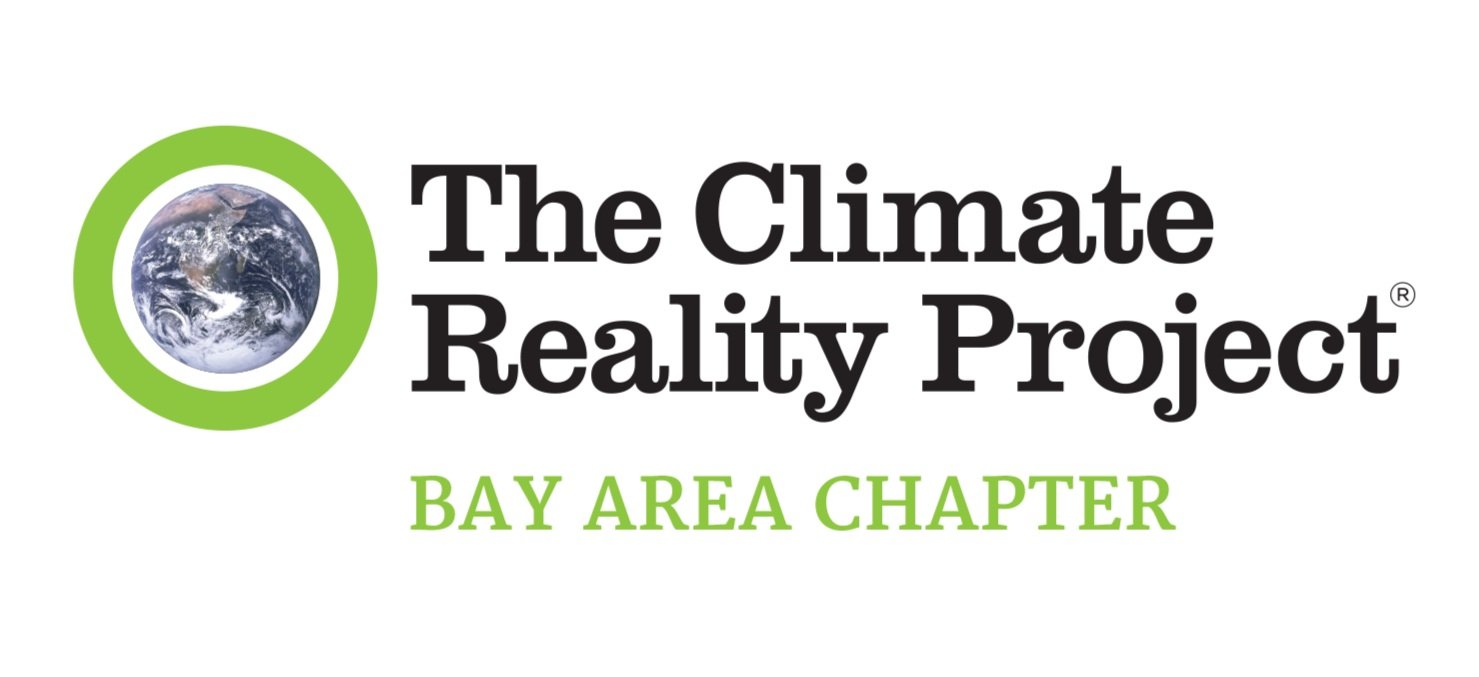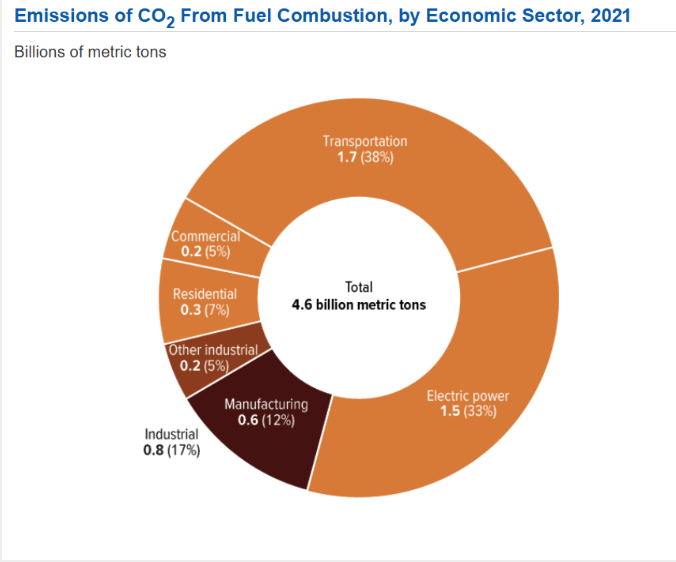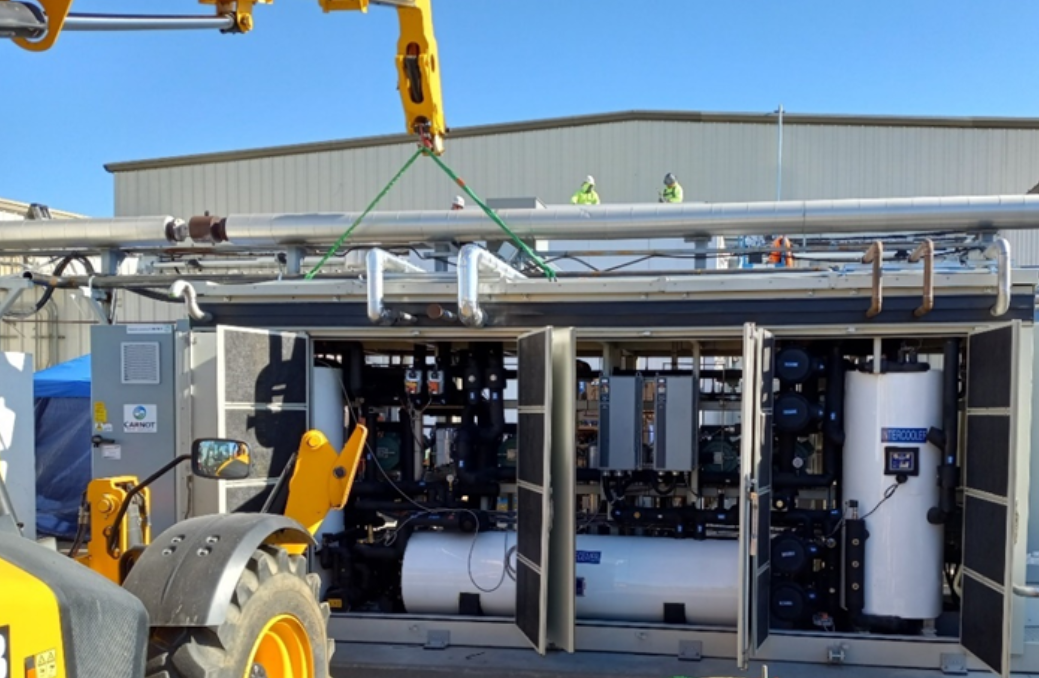How Community-Driven Action Is Decarbonizing Bay Area Businesses — One Upgrade at a Time
By Keith Nickolaus, PhD, CRBA Writers Team
Bay Area businesses are often seen as contributors to global warming, but many are increasingly stepping up with clean-energy investments and sustainable practices that shrink their environmental impact. Like local residents and homeowners, businesses across the region are joining the transition — and they’re not doing it alone. The Bay Area has built a strong support ecosystem: a braided network of municipal and nonprofit advisors, public-sector programs, and business-led coalitions offering technical assistance, planning help, incentives, and financing. Together, they make it easier for commercial properties and enterprises to electrify, cut emissions, and adopt more sustainable operations. At the intersection of climate justice and commercial sustainability, these groups are helping the business sector become a meaningful force for local climate solutions.
Introduction
As climate activists urge swift action on fighting threats like global warming, we ramped up economic growth targets and business activity itself as part of a framework that feeds energy consumption — exacerbating the challenges of reducing harmful emissions and reducing our country’s large carbon footprint. However, the commercial sector can also be an engine for innovative climate solutions and for generating economic surplus that helps fund clean energy initiatives and research.
All that said, because the business sector and business activity make significant contributions to carbon emissions and the global warming that results, Bay Area business owners and leaders have an opportunity to make enormous contributions to climate action.
Some of the good news is that more and more business actors — out of economic interests or a more altruistic social interest or both — are ramping up their commitments to the more sustainable future we urgently need to achieve to fend off the mounting economic and human costs resulting from today’s accelerating climate chaos.
In this blog post we’ll put a spotlight on some of the ways the business community in the SF Bay Area is engaging with initiatives to accelerate the shift to clean fuels while also reducing waste and reducing energy consumption.
Ideally, this post will also inspire more business owners and business sector leaders to make their own contributions to socially and environmentally sound practices. With that in mind, we’ll also lay out some of the key Bay Area agencies, initiatives, and resources working to help businesses design, finance, and achieve meaningful steps and upgrades.
The CRBA Writers Team pledges to share climate truths you can trust — not noise.
Sharing information grounded in facts, science, reputable media, and cited openly, our work cuts through disinformation to empower our community toward climate action and justice.
Why The Business Sector Has Such an Important Role To Play
Commercial buildings and business operations in the Bay Area consume large amounts of energy for lighting, HVAC, refrigeration, etc., and therefore contribute significantly to regional greenhouse-gas (GHG) emissions. When the commercial sector shifts to cleaner, more efficient systems, it creates local jobs, improves building comfort, lowers operating costs and reduces pollution — which benefits frontline and historically overburdened communities. Having strong advisory and technical-assistance systems is key to making this shift equitable and widespread.
The Scope of the Carbon Impact by Sector
Across all 50 states, the Commercial and Manufacturing Sectors account for about 17% of GHG emissions.
California is among the Top 10 GHG-Emitting States in the US; Combined these 10 states account for about 50% of US green house gas (GHG) emissions.
Despite decreasing from 2002 to 2021, emissions from manufacturing are projected to increase by 17 percent between 2024 and 2050
What Business Commitments Look Like
What does it look like when Bay Area businesses and manufacturers step up to be part of the solution and make investments in clean energy upgrades or other kinds of environmentally responsible development decisions?
Case Study 1: Oak Hill Market — A SF Convenience Store
Oak Hill Market, a small neighborhood convenience store in San Francisco, shows how even modest upgrades can make a big difference for both climate and community. With support from the BayREN Business Program, the owner replaced aging lighting and refrigeration with high-efficiency equipment — improvements that came at no out-of-pocket cost thanks to a $10,000 incentive. The upgrades now save the store roughly $5,000 a year in electricity costs while reducing its energy footprint. For a small, community-serving business, that means more stability, safer and brighter lighting for customers, and a clear example of climate action rooted in everyday places.
Case Study 2: Thai Food Express — A Local Restaurant
Restaurants are some of the highest-energy-using small businesses in the Bay Area, which also means they can benefit significantly from renovations that reduce energy consumption and improve efficiencies.
Thai Food Express, a local eatery participating in BayREN’s “Big Savings for Small Businesses” initiative, worked with energy advisors to replace an inefficient commercial freezer — a single upgrade that significantly cut energy use and reduced operating costs.
The project demonstrates how technical assistance plus incentives can open the door for small food-service businesses to take meaningful climate action without financial strain. While the restaurant is still an energy-thirsty business, in this case the owners took a meaningful step toward reducing their own carbon footprint.
Case Study 3: State-Backed Grants Targeting Food Manufacturing Plants
We’ve just mentioned the importance of ensuring there’s broad community support and partnerships aimed at helping busy business owners get on board. This can include robust grant programs that target high-need and high-impact sectors.
For example, through its “Food Production Investment Program (FPIP),” the California Energy Commission (CEC) has awarded grants to California food manufacturing plants — helping small- and medium-sized processors install advanced energy-efficient, electrified and renewable systems. For example, in a recent announcement CEC awarded $22.6 million to seven food-production firms to upgrade equipment, reduce emissions, and improve grid reliability.
One participating manufacturing facility replaced aging process motors, added variable-frequency drives (VFDs) and switched to a clean electrical boiler to serve a refrigerated line. The project cut annual energy consumption by roughly 15 % and lowered greenhouse-gas emissions by thousands of metric tons of CO₂-equivalent.
Because the grant covered up to 85% of equipment cost, the business avoided major upfront risk and gained long-term savings while staying competitive, and the outcome was also a model for reducing carbon emissions statewide.
(Image courtesy of California Energy Commission)
“Food manufacturing has traditionally been highly energy- and carbon-intensive. Food processing plants account for more than 3 million metric tons of carbon dioxide equivalent of annual GHG emissions in California, according to the California Air Resources Board. … Food and beverage processing adds value to crops, brings jobs, and provides many other community benefits… This [FPIP] program [invests] in innovative plant technologies that lower emissions, improve water use efficiency, and make sound business sense.”
One Drop at a Time, But It Matters…
These examples are just small drops in a very large bucket of commercial energy consumption in the Bay Area. But, in the end, there really is no other way to truly address the sector’s impacts without individual businesses and business owners — hopefully with community technical assistance, inspiration, incentives, and support — taking concrete actions like these.
The Larger Ecosystem of Support That Help Businesses Go Green
The case studies show that broad community and public support matters. Support also needs to be comprehensive and intertwined:
Advocacy and policy development
Technical and advisory support
Funding and financing support; financial incentives
Public appropriations and regulatory legislation
Across the Bay Area, a network of public agencies, nonprofit programs, and regional collaboratives is quietly helping local businesses take meaningful climate action.
These groups play different roles — some offer hands-on technical assistance, others provide incentives or advocate for funding — but in combination they create the support system that makes clean-energy upgrades possible for businesses of all sizes.
BayREN, the Bay Area Regional Energy Network, has become one of the most important entry points for small and medium businesses looking to reduce energy use. Their advisors conduct walk-through assessments, help owners identify the most impactful upgrades, and connect them to vetted contractors. Crucially, BayREN’s incentive programs remove cost barriers for neighborhood shops, restaurants, small manufacturers, and other community-serving businesses. Their success stories—from convenience stores to cafés—show how even small improvements can boost resilience and cut carbon.
In San Francisco, SF Environment plays a key leadership role, particularly for businesses facing high energy loads from refrigeration and food service. Their partnership with BayREN on the BRRR Program brings low- or no-cost efficiency upgrades directly to small food and floral shops, many of which operate on thin margins. The department helps business owners navigate equipment replacement, comply with new refrigerant rules, and reduce operating costs—all while lowering emissions and improving local air quality.
Businesses in Oakland can find city guidance and information about codes and resources for green building and commercial clean energy initiatives through the Oakland Department of Planning, Zoning, and Building’s Green Building information pages.
At the regional scale, the Bay Area Air Quality Management District (BAAQMD) and its Climate Tech Finance program support businesses advancing clean-energy technologies and help commercial property owners access financing. They also shape local policy and planning that influences building-sector emissions—ensuring commercial buildings remain a core focus of the region’s climate strategy.
Finally, state-level support from the California Energy Commission (CEC) gives local businesses access to major funding streams, especially in the manufacturing and industrial sectors. Programs like the Food Production Investment Program (FPIP) enable small and mid-sized industrial facilities to upgrade equipment, electrify processes, and adopt smart-grid or renewable energy systems—improvements that would otherwise be cost-prohibitive. These grants ripple down to the community level by supporting cleaner operations, better jobs, and local air-quality improvements.
Get Inspired at this upcoming event!
Beyond Zero Movie Night
Beyond Zero is a 2020 documentary about Ray Anderson, the CEO of the flooring company Interface, and his ambitious mission to eliminate all of the company's negative environmental impacts by 2020. The film chronicles the company's transformation from an environmental offender to a sustainability leader, showcasing how the business adopted new models to align profit with the planet.
Thursday, November 20, 2025
5:30 PM 8:00 PM
Interface Showroom457 Pacific Avenue, San Francisco, CA, 94133 United States (map)
Lean more: Climate Reality Bay EVENTS
Resources for Bay Area Businesses Ready to Take Climate Action
BayREN Business Program
Free energy assessments for small and medium businesses
Incentives for lighting, refrigeration, HVAC, and other efficiency upgrades
Contractor referrals and hands-on technical assistance
Learn more: https://www.bayren.org/business
SF Environment — Business Energy Programs
Support for small food, floral, and retail businesses
BRRR Program: low- or no-cost refrigeration and equipment upgrades
Help navigating regulations, rebates, and sustainability planning
Explore programs: https://sfenvironment.org
Bay Area Air Quality Management District (BAAQMD)
Climate Tech Finance: loans and support for businesses investing in clean-energy technology
Guidance on emissions reduction for commercial buildings and operations
Overview: https://www.baaqmd.gov
California Energy Commission (CEC)
Funding for clean-energy building upgrades, electrification, and industrial efficiency
FPIP (Food Production Investment Program) for small and mid-sized manufacturers
Financing and Investment Solutions for Clean Energy Building Upgrades
Learn more: https://www.energy.ca.gov/programs-and-topics
StopWaste (Alameda County)
Waste-reduction and energy-efficiency support for local businesses
Grants for reusable packaging, food-waste reduction, and sustainable operations
Local Utility Programs (PG&E, East Bay Community Energy, Peninsula Clean Energy)
Rebates and incentives for electrification, EV chargers, HVAC upgrades, and solar + storage
Business-focused advisors and customized savings reports
Explore offerings:
PG&E Business Programs: https://www.pge.com/en/business
East Bay Community Energy (EBCE) Commercial Programs: https://ebce.org/business/
Peninsula Clean Energy Business Programs: https://www.peninsulacleanenergy.com/business/
Contractor & Vendor Support Networks
BayREN-qualified contractor directories for lighting, HVAC, refrigeration, and audits
Helps businesses find trusted providers for clean-energy upgrades
Contractor Lookup: https://www.bayren.org/find-contractor
Financing Tools for Businesses
On-bill financing options through utilities
Green business loans and lines of credit from regional credit unions
Commercial PACE (Property Assessed Clean Energy) financing for clean-energy and efficiency retrofits
Learn more:
PG&E On-Bill Financing: https://www.pge.com/en/business/save-energy-and-money/financing/on-bill-financing
CaliforniaFIRST / Commercial PACE: https://www.pacenation.org/commercial/
Final Thoughts
When we look at climate progress in the Bay Area, it’s not just about wind turbines or household solar — it’s also about the quiet infrastructure of support behind the scenes. Programs like BayREN, local government incentives, and financing tools together equip businesses, property owners, and community-serving institutions to lead the transition. For CRBA, this means we can help amplify that network, ensure underserved communities are included, and push the commercial sector to be a partner in climate justice. With the right support, the business community becomes not just part of the problem — but a powerful part of the solution.
Do you have insights or perspectives that will inform our readers or inspire others to take action?
Please share your thoughts below…
Author Bio
Keith Nickolaus is a communications professional and former educator based in Berkeley. As leader of the CRBA Writers Team, he works to amplify community voices and is passionate about informing and inspiring climate action across the Bay Area.





